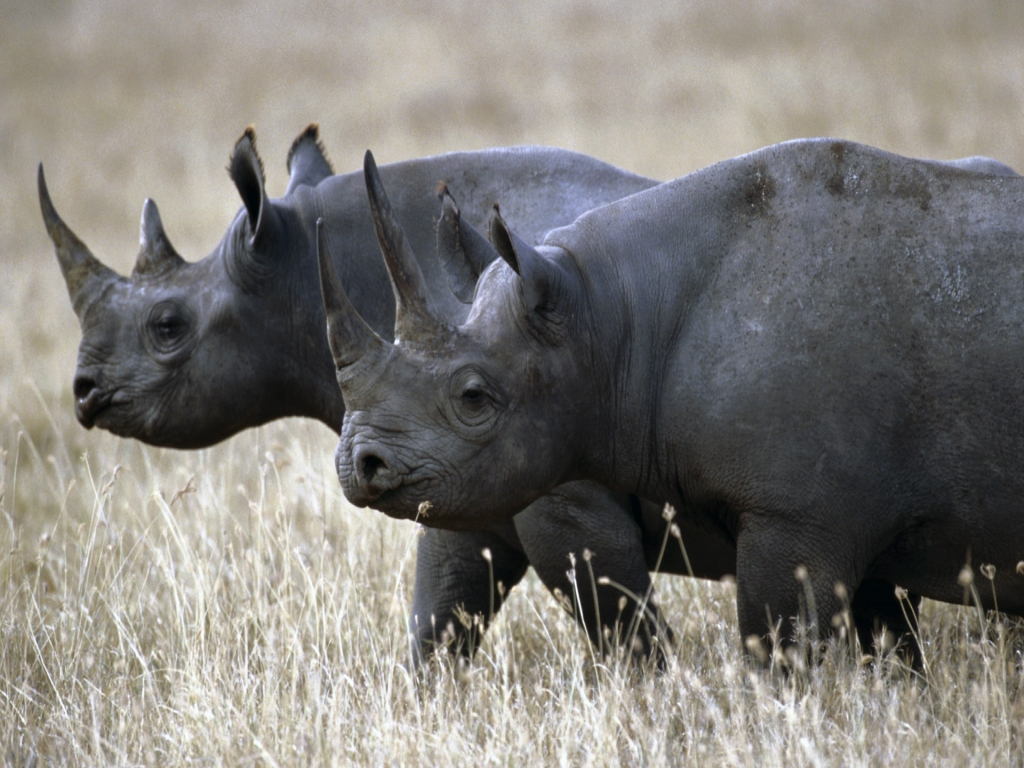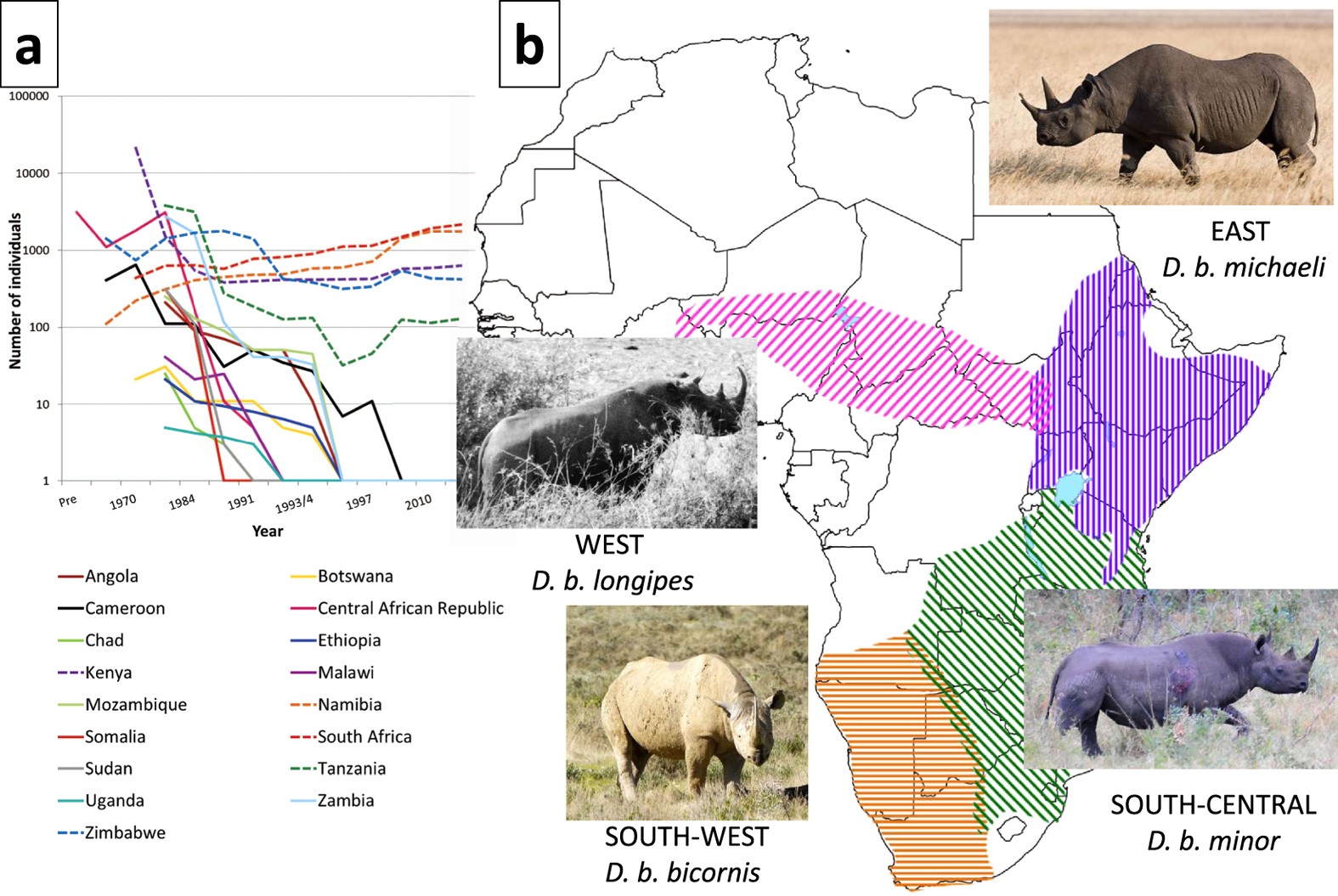
In South Africa alone, the number of rhinos. Now, thanks to efforts from other conservation organisations around the world, the Eastern black rhino population is increasing with numbers rising from less than 2500 to approximately 5,458 today, however there is still a lot of work to do. In just a decade, more than 8,245 African rhinos have been lost to poaching. Zimbabwe was one of the last strongholds for the black rhino, but by the mid-1980s it too began to feel the effects of poaching, and black rhino numbers. Initially the black rhino was the most common of all rhinos, however, due to illegal hunting and the demand for rhino horn increasing, the species suffered a 98% reduction in the 20 th century.

The story of the black rhino species is both a unique and sad one, as the Western black rhino was declared extinct in 2011. By Newsroom ApAnti-poaching, Conservation. However, by 1970 their numbers had declined to 65,000 and over. Hunter shot more than 1,000 in Akamba-land, east of Nairobi, to clear the land for farming in the 1940s, and the Maasai killed most of the magnificent rhinos of Amboseli National Park (some with horns more than a metre long) when their cattle were driven from the park’s water points in the 1970s. Endangered black rhino numbers on the rise. populations of black rhino were spread across much of central, eastern, and southern Africa. Eastern black rhinos browse for their food on trees, bushes and shrubs, helped by their great sense of smell rather than their eyesight, which is poor. Now classed as critically endangered, eastern black rhinos were once found all over the country: the aptly named J.A. After black rhino numbers reached their lowest point in 1995, they have. The Eastern black rhino is a subspecies of the black rhinoceros and is classed as Critically Endangered on the IUCN Red List.ĭistinguished by their two horns, the Eastern black rhino can reach up to 1.5m tall when fully grown. By 1970, rhino numbers dropped to 70,000, and today, around 27,000 rhinos remain in the wild. Poaching, combined with inadequate field protection has decimated these populations. Numbers of African black rhinos in the wild have risen by several hundred, a rare boost in the conservation of a species driven to near extinction by poaching. For relentless conservation efforts across Africa, the number of black rhinoceros doubles from their historic historical low 20 years ago to between 5,042 and 5,455 today.

Since then, the species has made a remarkable comeback from the gates of extinction. Scientific Name: Diceros bicornis michaeli Between 1960 and 5, the number of black rhinos decreased by 5 to less than 2,3.


 0 kommentar(er)
0 kommentar(er)
